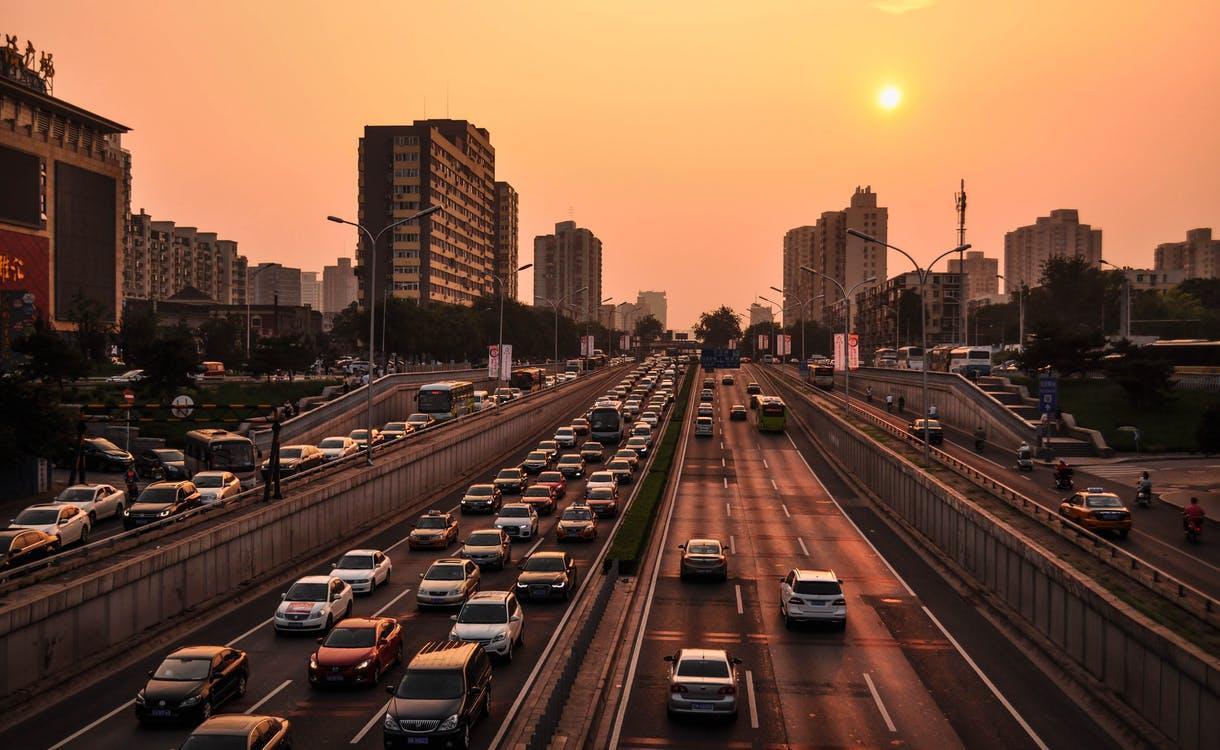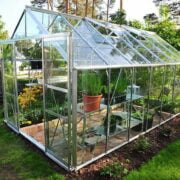As the world falls further into decline with heatwaves and floods happening globally at unprecedented levels, the alarms should be sounding in everyone. Environmental catastrophe is no longer just a movie trope, it is a real problem happening in the real world. Businesses that have been mindlessly emitting carbon need to equip themselves with greener technology and start cleaning up after their mess.
This is especially so for the industrial giants like buildings and infrastructure, agriculture, and transportation who have been major contributors since the age of the industrial revolution.
More and more businesses are becoming aware of their impact on the world, a fact that they can no longer turn a blind eye to. As more companies start to invest in a sustainable future, the potential for green technology to be a formidable solution grows greater each day.
Buildings and Infrastructure
The Buildings and Infrastructure industry is one of the most fundamental industries in sustaining any human civilisation, and historically, has always been one of the key differentiators between a civilised nation or community and unorganised chaos.
Where we eat, study and sleep can happen because these industries create a place for us to be able to do so. Every hospital, supermarket, and building you see is the result of this industry. They are so essential and given their influence on society, their carbon emissions also match their importance. Buildings alone account for 39% of global emissions, wherein 28% of them are from daily operations.
Daily operations include things like operating heaters and air conditioners. All these, while relieving for us, come at a cost to the world. As the world population continues to grow, so will emissions from buildings and infrastructures such spaces become even more essential.
That is why the industry has begun to augment the pre-development process whereby visual technology becomes the focus. The issue that plagues buildings and infrastructures is when buildings and infrastructures do not turn out as planned which leads to demolition and reworking which releases more carbon into the atmosphere.
As such, the augmentation is focused on existing strategies like building information modelling where contractors thoroughly analyse every nook and cranny visually before beginning the construction. Plus the advent of augmented reality greatly boosts the visualisation of buildings while reducing the cost borne by the environment. As for the daily operations, many new technologies like reverting to greener technology like using solar power are being actively researched and executed in various parts of the world.

Agriculture
While agriculture is not the biggest contributor to global emissions, they still emit a fair bit and they also pose a competitor for natural resources that live on earth depend on. 50% of the habitable land on earth is used for farming for crops and livestock.
Not only do these crops and livestock take up the scarce freshwater, but they also contribute to greenhouse gas emissions as well with the processes that are involved. Fertiliser and pest control methods like pesticides and herbicides can be harmful to the air, as well as water resources if they seep through into the oceans. As for livestock, animals like cows release plenty of methane as waste gas which is a greenhouse gas. As food is indispensable to people, we cannot reduce it.
Here is where technology presents its usefulness in curbing these problems caused by agriculture. By investing in more efficient technology like precision application equipment, the industry can reduce its freshwater use and carbon emissions.
This equipment includes robots, drones, and some variants of sensors that help to gauge optimal levels of chemical or water to be used on crops, and thus allow the industry to transition into a more environmentally friendly one. An added bonus is that this also helps to reduce the chemical runoff into freshwater sources like groundwater, and makes the food safer for consumption.

Transportation
This is another essential industry to human civilisation. Getting from place to place, we become very reliant on cars, buses, taxis, aeroplanes, ships, and more. All of these vehicles rely on the burning of petrol which in turn, releases more harmful gases into the environment. If we were to revert back to older transportation methods like cycling and walking, we become extremely inefficient.
Not to mention, there would be a hot debate against the removal of such convenience. Besides moving people, transportation is essential to supply chains. The things we buy and eat require transportation across vast distances. That said, it remains one of the significant contributors to greenhouse gases, and it is a process that cannot be so easily removed due to the disruption it will cause globally.
Aware of their carbon footprint on the earth, many companies in the industry have started to implement greener technology and strategies to curb emissions. This includes technologies like electric vehicles that run on electricity rather than petrol which is a guaranteed reduction of emissions from driving.
Apart from that, for vehicles where electricity is not a viable solution, greener strategies to minimise emissions are put in place. This includes things like improved fleet maintenance, fuel efficiency through optimising transport routes, and even more nascent, exchanging fossil fuels for green fuels like biomass, hydrocarbons and more.
Conclusion
Even though these industries are one of the causes why our carbon emissions have reached centuries-high, there are solutions being put in place to take responsibility for their actions. Green technology is a major solution that these industries are seeking.
Although they are currently a costly method to reduce carbon emissions, more research and adoption of such technology by the larger part of the globe would ensure that costs come down.
While it may not seem that technology is producing immediate results, we need to keep in mind that technology is dynamic, it evolves continuously. Technology may not be able to give the desired effects now, but the effects will compound into something more substantial eventually.
Of course, this does not mean that we only rely on green technology to clean up after ourselves. In conjunction with green technology, greener strategies should also be enforced to reduce emissions. It is through a collaborative effort that we will be able to cut down our emission levels.










Comments